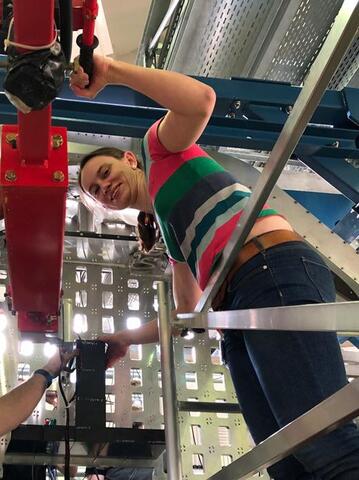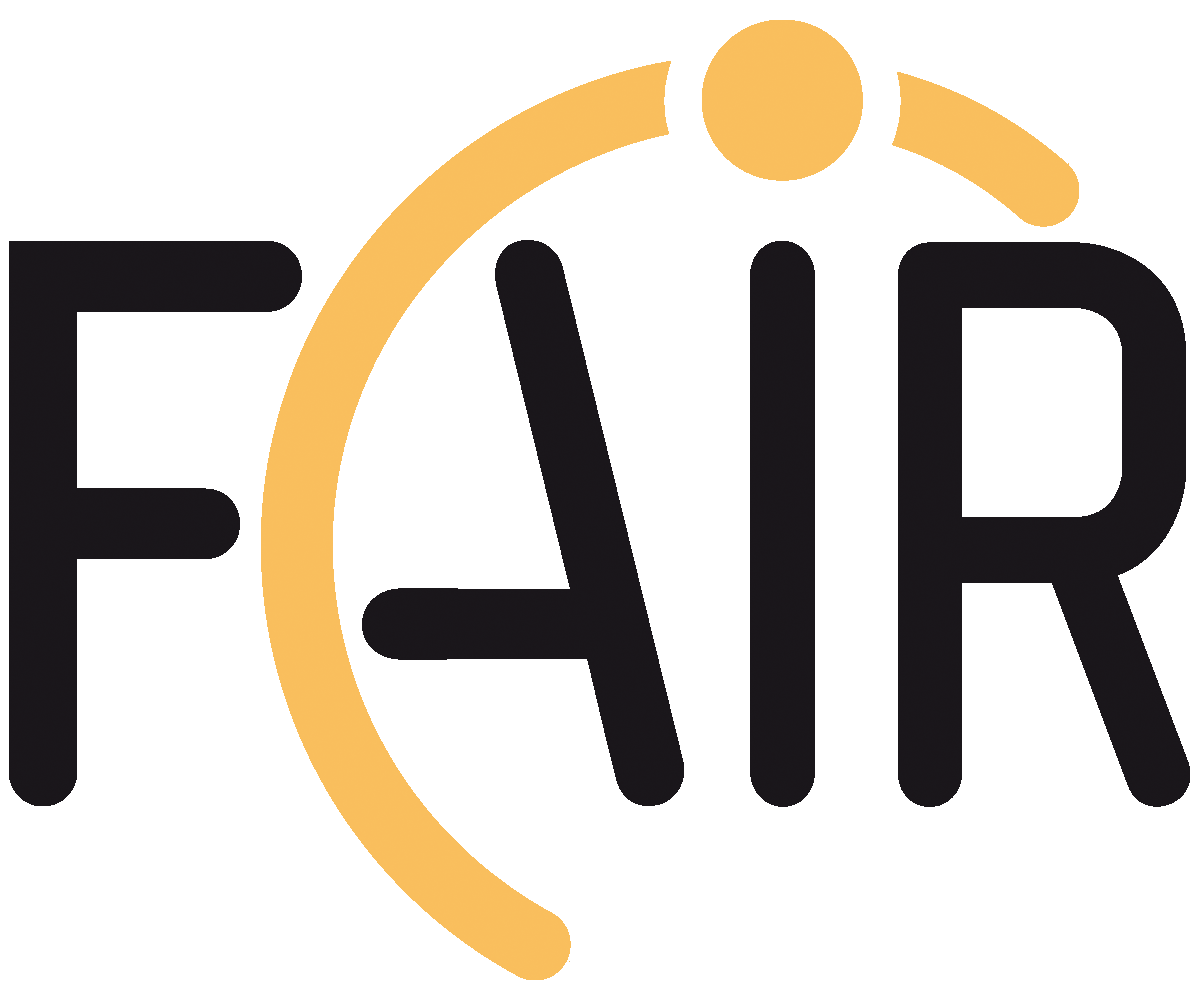Workshop „Physics Opportunities with Proton Beams at SIS100” was held in Wuppertal
PANDA meetings
04/03-08/03 2024 CM 24/1 in Münster
24/06-28/06 2024 CM 24/2 at GSI
25/06-26/06 2024 FEE/DAQ Workshop
04/11-06/11 2024 CM 24/3 at GSI
05/03-07/03 2025 WS at GSI
16/06-20/06 2025 CM 25 in Uppsala
Many Facets of Strangeness Nuclear Physics with Stored Antiprotons
Josef Pochodzalla
PA-PRO-2016-001.pdf
(570.85 KB)
Stored antiprotons beams in the GeV range represent a unparalleled factory for hyperon-antihyperon
pairs. Their outstanding large production probability in antiproton collisions will open the floodgates
for a series of new studies of strange hadronic systems with unprecedented precision. The behaviour
of hyperons and – for the first time – of antihyperons in nuclear systems can be studied under well
controlled conditions. The exclusive production of Lambda-antiLambda and Sigma-antiLambda pairs in antiproton-nucleus interactions
probe the neutron and proton distribution in the nuclear periphery and will help to sample
the neutron skin. For the first time, high resolution
gamma-spectroscopy of doubly strange nuclei will be
performed, thus complementing measurements of ground state decays of double hypernuclei with
mesons beams at J-PARC or possible decays of particle unstable hypernuclei in heavy ion reactions.
High resolution spectroscopy of multistrange Cascade atoms are feasible and even the production of
Omega-atoms will be within reach. The latter might open the door to the |s|=3 world in strangeness nuclear
physics, by the study of the hadronic Omega-nucleus interaction and the very first measurement of a
spectroscopic quadrupole moment of a baryon which will be a benchmark test for our understanding
of hadron structure.
pairs. Their outstanding large production probability in antiproton collisions will open the floodgates
for a series of new studies of strange hadronic systems with unprecedented precision. The behaviour
of hyperons and – for the first time – of antihyperons in nuclear systems can be studied under well
controlled conditions. The exclusive production of Lambda-antiLambda and Sigma-antiLambda pairs in antiproton-nucleus interactions
probe the neutron and proton distribution in the nuclear periphery and will help to sample
the neutron skin. For the first time, high resolution
gamma-spectroscopy of doubly strange nuclei will be
performed, thus complementing measurements of ground state decays of double hypernuclei with
mesons beams at J-PARC or possible decays of particle unstable hypernuclei in heavy ion reactions.
High resolution spectroscopy of multistrange Cascade atoms are feasible and even the production of
Omega-atoms will be within reach. The latter might open the door to the |s|=3 world in strangeness nuclear
physics, by the study of the hadronic Omega-nucleus interaction and the very first measurement of a
spectroscopic quadrupole moment of a baryon which will be a benchmark test for our understanding
of hadron structure.





